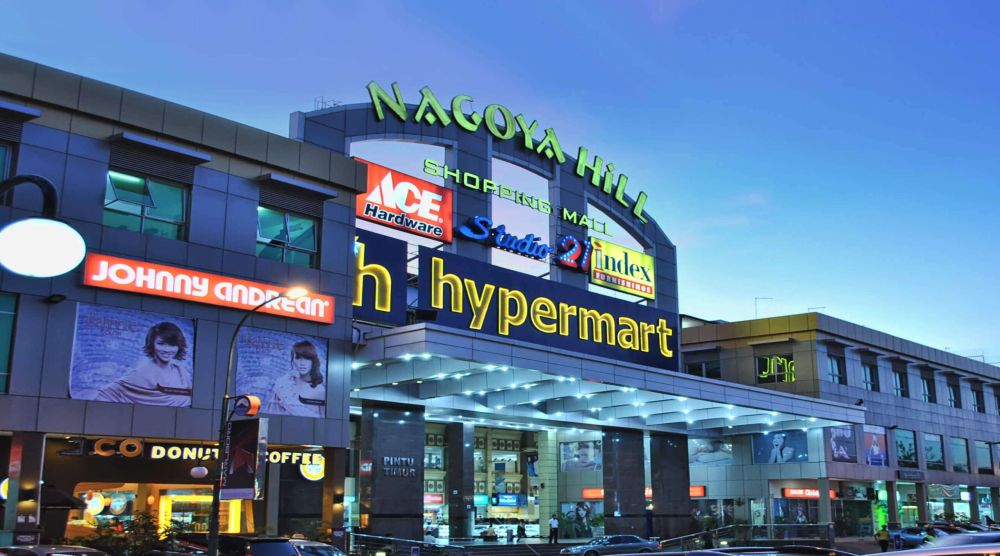

Batam, an island located in the Riau Archipelago of Indonesia, has witnessed a dynamic transformation over the years. Traditionally known for its vital role in the marine industry, Batam has evolved into a bustling urban center teeming with trade, industry, and tourism. The inception of Nagoya Hill Shopping Mall, one of the largest and most prominent malls in Batam, marks a significant milestone in the island's journey towards becoming a renowned tourist destination.
Tourism in Batam began to take shape in the late 20th century when the Indonesian government launched the Batam Industrial Development Authority (BIDA) in 1971. The initial intention was to develop Batam into an industrial area to attract foreign investment. However, its close proximity to Singapore and strategic location along major shipping routes quickly made it a convenient getaway for regional travelers.
Throughout the 1980s and 1990s, Batam saw the development of infrastructures such as the Hang Nadim International Airport, resorts, and golf courses, which lured tourists looking for relaxation and recreation. By the turn of the century, Batam had established itself not only as an industrial power but also as a rising star in the tourism sector within the region.
Amidst this growing interest in Batam as a tourist hub, Nagoya Hill Shopping Mall was opened to the public in 2007. As a central nerve of Nagoya, a bustling city area in Batam named after Nagoya in Japan, the mall quickly attracted visitors with its vast array of shopping, dining, and entertainment options. Its strategic position in the heart of Batam's business district propelled the island's popularity as a weekend shopping paradise for visitors from nearby countries, especially Singapore and Malaysia.
The establishment of Nagoya Hill Shopping Mall has significantly contributed to the diversification of Batam's tourism industry. While previously tourism was largely driven by natural attractions and leisure activities like golf and water sports, the mall introduced a new dimension – urban tourism, focusing on shopping, culinary experiences, and family entertainment. It serves not only as a retail hub but also as a culinary destination with a wide selection of cuisines that reflect the multicultural facets of Indonesia.
In recent years, Batam has experienced a shift in tourism trends, with an emphasis on eco-tourism, medical tourism, and MICE (Meetings, Incentives, Conferences, and Exhibitions). However, shopping tourism remains a strong draw. Nagoya Hill Shopping Mall, regularly updating its facilities and retail options, remains at the forefront of fulfilling the sophisticated demands of international and domestic shoppers.
The mall has also capitalized on digital trends, with many retailers offering online shopping platforms to complement their physical stores. During the global pandemic, Batam, like other destinations, saw a downturn in international arrivals. Yet, the rise of local tourism and the initialization of travel bubbles and safe travel corridors have started to contribute to the recovery of tourism in Batapuram.
In conclusion, Nagoya Hill Shopping Mall stands not only as a symbol of Batam's economic and urban development but also as a cornerstone of the island's diverse tourism landscape, offering visitors a blend of modernity, convenience, and cultural variety.